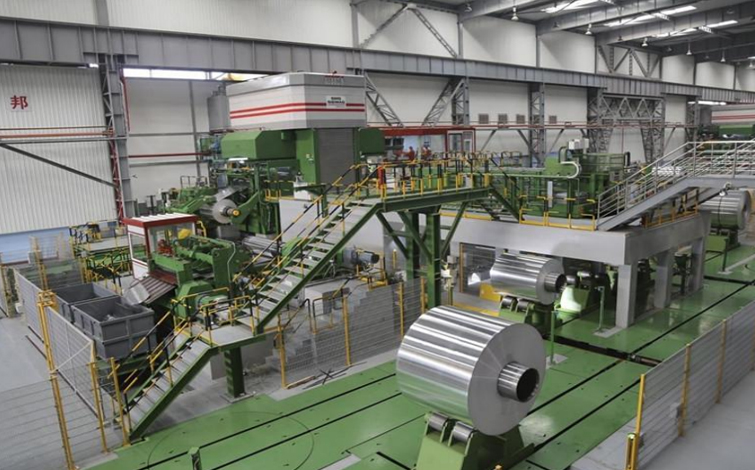


Because of its excellent properties, aluminum foil is widely used in food, beverages, cigarettes, medicines, photographic plates, household daily necessities, etc., and is usually used as its packaging material; electrolytic capacitor material; thermal insulation material for buildings, vehicles, ships, houses, etc.; it can also As decorative gold and silver thread, wallpaper and various stationery prints and decoration trademarks of light industrial products, etc. Let's take a look at the classification of aluminum foil.
1. Thickness
Aluminum foil can be divided into thick foil, single zero foil and double zero foil.
①Thick foil: foil with a thickness of 0.1 to 0.2 mm.
②Single zero foil: foil with a thickness of 0.01mm and less than 0.1mm.
③Double zero foil: Double zero foil means that there are two zero foils after the decimal point of thickness mm, usually aluminum foil with a thickness of less than 0.01, that is, 0.005~0.009mm aluminum foil.
2. Shape
Aluminum foil can be divided into roll aluminum foil and sheet aluminum foil according to the shape. Most of the aluminum foil deep processing wool is supplied in rolls, and only a few handicraft packaging occasions use sheet aluminum foil.
According to the state, aluminum foil can be divided into hard foil, semi-hard foil and soft foil.
①Hard foil: The aluminum foil that has not been softened after rolling has residues on the surface when it is not degreased. Therefore, hard foils must be degreased prior to printing, lamination and coating, and can be used directly if used for forming.
②Semi-hard foil: The hardness (or strength) of the aluminum foil between the hard foil and the soft foil, which is usually used for forming.
③Soft foil: The aluminum foil that is completely annealed and softened after rolling is soft and has no residual oil on the surface. Soft foils are used in most applications such as packaging, composites, electrical materials, etc.
3. Surface condition
Aluminum foil can be divided into single-sided smooth aluminum foil and double-sided smooth aluminum foil.
①Single-sided smooth aluminum foil: double-rolled aluminum foil, one side is bright and the other side is black after sub-rolling. The thickness of single-sided smooth aluminum foil is usually not more than 0.025mm.
②Double-sided smooth aluminum foil: single rolled aluminum foil, both sides are in contact with the roll, the two sides of the aluminum foil are divided into mirror double-sided smooth aluminum foil and ordinary double-sided smooth aluminum foil due to the different surface roughness of the roll. The thickness of double-sided light aluminum foil is generally not less than 0.01mm.
4. Processing status
Aluminum foil can be divided into plain foil, embossed foil, composite foil, coated foil, colored aluminum foil and printed aluminum foil.
① Plain foil: aluminum foil that is not processed after rolling, also known as light foil.
②Embossed foil: aluminum foil with various patterns pressed on the surface.
③Composite foil: The aluminum foil is bonded with paper, plastic film and cardboard to form a composite aluminum foil.
④Coated foil: aluminum foil coated with various resins or paints.
⑤Colored aluminum foil: The surface is coated with colored aluminum foil.
⑥Printing aluminum foil: The aluminum foil that forms various patterns, patterns, text or pictures on the surface can be one color, up to 12 colors.
The soft aluminum foil can also be further pressed into four-zero foil for high-end decoration.




